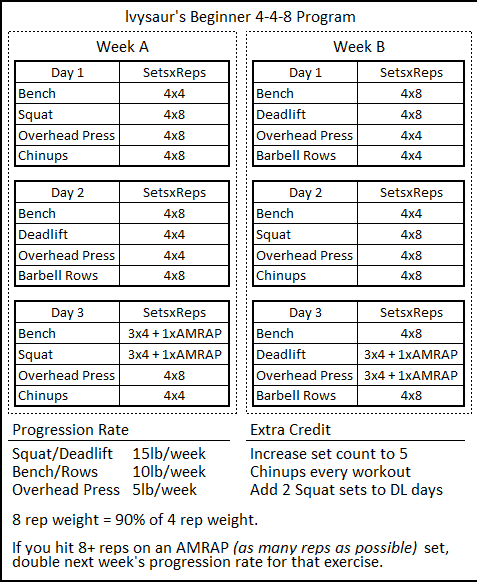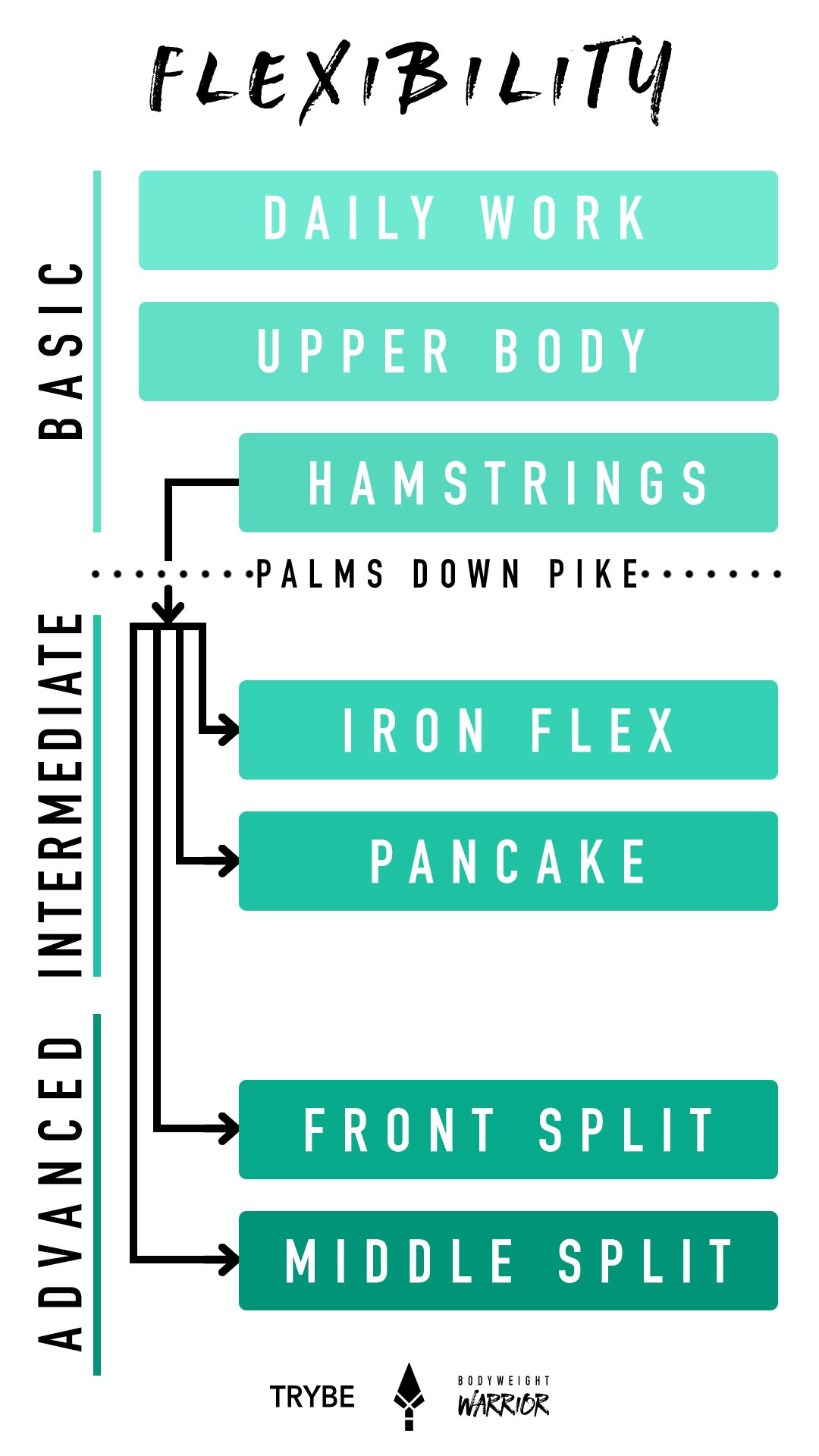Optimal Training Three-Day Full Body Split Program
Unlocking Fitness Potential with a Three-Day Full Body Workout Split
Efficiency and Effectiveness
In the realm of fitness, maximizing efficiency without sacrificing effectiveness is paramount. Enter the three-day full body workout split—an approach designed to optimize time spent in the gym while yielding significant results. This strategic routine ensures each muscle group receives ample attention, leading to comprehensive gains in strength, muscle mass, and overall fitness.
Comprehensive Muscle Engagement
Unlike traditional workout splits that isolate muscle groups on specific days, the full body split engages all major muscle groups in each session. This comprehensive approach ensures no muscle is neglected, promoting balanced development and functional strength throughout the body. From chest and back to legs and arms, every part of the physique receives the attention it deserves.
Optimal Training Frequency
With a three-day full body workout split, individuals typically train three times a week, allowing for optimal training frequency and recovery. This balanced schedule strikes the perfect equilibrium between stimulating muscle growth and allowing for adequate rest. By spacing workouts evenly throughout the week, individuals can avoid overtraining while maximizing gains in strength and muscle size.
Efficient Time Management
One of the primary benefits of the three-day full body workout split is its efficiency. With just three workouts per week, individuals can achieve comprehensive results without spending excessive time in the gym. This makes the routine ideal for those with busy schedules who still prioritize their fitness. By maximizing their time and energy during each session, individuals can achieve their fitness goals while maintaining a balanced lifestyle.
Versatile and Adaptable
Whether you’re a novice seeking to build a foundation or an experienced lifter looking to shake up your routine, the three-day full body workout split is adaptable to all fitness levels. With a myriad of exercise variations and progression strategies available, individuals can tailor their workouts to suit their specific goals and preferences. This flexibility ensures workouts remain challenging and engaging, preventing stagnation and plateaus.
Progressive Overload
To ensure continued progress and prevent plateaus, it’s crucial to incorporate progressive overload into the three-day full body workout split. This involves gradually increasing the intensity, volume, or difficulty of workouts over time to continually challenge the muscles. By progressively overloading the muscles with heavier weights, more repetitions, or advanced exercises, individuals can stimulate ongoing gains in strength and muscle size.
Balanced Nutrition and Recovery
In addition to training, proper nutrition and recovery are essential components of a successful three-day full body workout split. Consuming adequate nutrients and calories supports muscle growth and repair, while prioritizing post-workout nutrition aids in recovery and replenishment. Sufficient sleep, hydration, and stress management are also vital for optimizing recovery and ensuring peak performance during workouts.
Holistic Approach to Fitness
The three-day full body workout split promotes a holistic approach to fitness, emphasizing not only strength and muscle gains but also overall health and well-being. Regular physical activity improves cardiovascular health, boosts metabolism, and enhances mental clarity and mood. By prioritizing overall fitness and wellness, individuals can achieve









